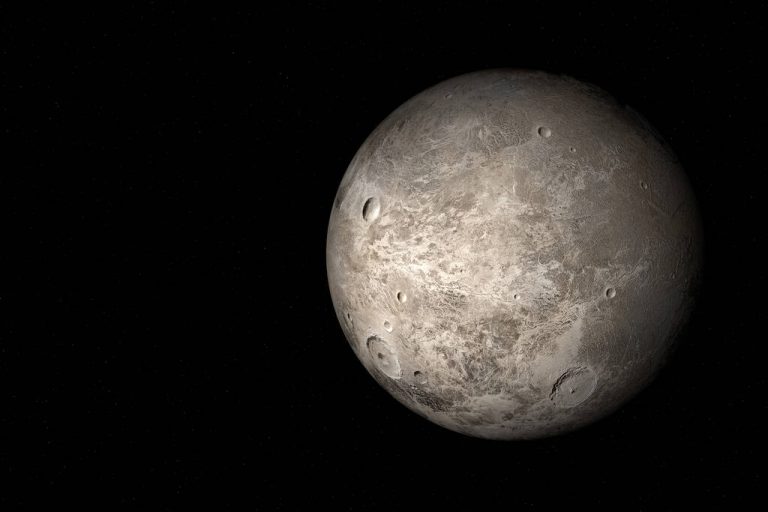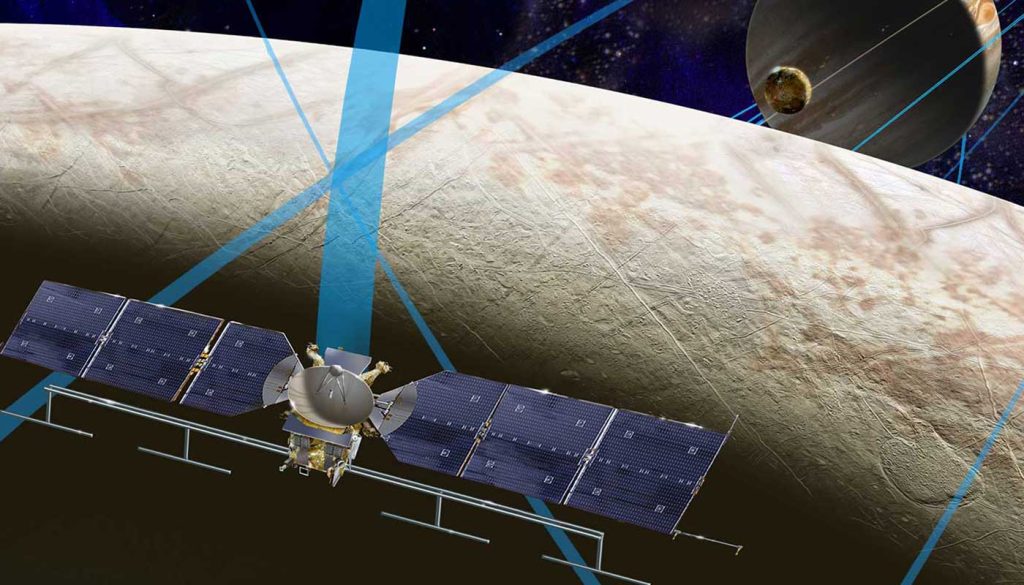Alien Oceans: Could They Hide Life Signs That Spacecraft Fail to Detect?
The search for extraterrestrial life is evolving as scientists focus on the hidden, subsurface oceans of icy moons like Europa and Enceladus. Research suggests that thick ice layers and complex chemical processes create natural barriers that could conceal biological signatures. Future missions will need innovative techniques to explore these deep, mysterious oceans if we are to unlock their secrets.
Summary:
- Potential for life in subsurface oceans on icy moons.
- Natural barriers trap chemical signatures of life.
- Europa’s tidal heating supports habitability.
- Enceladus’ cryovolcanic plumes reveal layered ocean.
- Advanced missions like NASA’s Europa Clipper are planned.
- Comparison of moon features and mission parameters.
- Challenges in detecting life under thick ice.
- Innovative techniques for exploring alien oceans.
- Research insights and computer model implications.
- A unified view of astrobiology and extraterrestrial life.

Introduction
In recent years, the quest to discover extraterrestrial life has led researchers to focus on the hidden oceans of distant moons. Alien oceans—large bodies of water hidden beneath thick layers of ice—are emerging as prime candidates for hosting life. Scientists believe that moons like Europa and Enceladus have subsurface oceans kept liquid by tidal forces and internal heating. These conditions offer the essential ingredients for life: water, energy, and organic molecules.
Hidden Oceans and Life Signs
Europa, one of Jupiter’s largest moons, harbors a global ocean beneath an icy exterior. The friction generated by Jupiter’s gravity provides enough heat to maintain this ocean in a liquid state. Occasional cracks and ridges on Europa’s surface hint that water from the deep might seep upward, possibly carrying organic material that could signal the presence of life. Similarly, Saturn’s moon Enceladus exhibits plumes of water vapor that shoot into space from fractures near its south pole. These geysers are believed to originate from a vast ocean below, and their chemical makeup is being closely analyzed for traces of biological activity. Researchers at institutions like Reading University are investigating whether these alien oceans are effectively masking signs of life from spacecraft instruments.
The Science Behind Alien Oceans
The science behind these hidden oceans is very interesting and a bit complicated. Tidal heating keeps the water liquid by using the gravity from their big parent planets. Even though space is extremely cold, the water does not freeze. Differences in chemical amounts and temperature create layers in the oceans, which act like natural walls. Chemical gradients mean that some parts have more chemicals than others, while thermal stratification means that different layers form because of temperature differences.
These layers trap chemical clues and signs of life, making it very hard for any life signals (biomarkers) to reach the surface. To understand this better, we need to study how fluids move, which is called fluid dynamics. Scientists use models to study deep-sea hydrothermal vents on Earth, and now they are adapting these models to show what might happen on these moons. Hydrothermal vents are openings on the ocean floor that release hot water and gases.
Comparative Analysis of Icy Moons
Below is a table comparing the key characteristics of Europa and Enceladus:
| Feature | Europa | Enceladus |
|---|---|---|
| Subsurface Ocean | Global ocean beneath a thick ice shell | Global ocean with active geysers at the south pole |
| Ice Thickness | Varies, with areas of both thin and thick ice | Generally thicker, with localized regions of thinner ice near the geysers |
| Geological Activity | Surface cracks and ridges hint at active processes | Active plumes indicate ongoing geological and cryovolcanic activity |
| Potential for Life | High, due to possible organic material and water-rock interactions | High, with evidence of organic compounds in ejected plumes |
| Surface Interaction | Occasional water upwelling may bring chemical traces to the surface | Material from the ocean is expelled through jets, though layers may mask true signals |
Challenges in Detection
Finding life in these alien oceans is very hard. The thick ice on the surface acts as a strong barrier, stopping direct access to the water below. The natural layers in these oceans slow down or change the way possible life signs—called biomarkers—move from the deep water up to the surface. This makes it difficult to collect water samples that might show clues of life. The tools on spacecraft can study water vapor and surface materials, but if the signs of life are changed or stuck in deep layers, they could stay hidden. Therefore, scientists need to create better methods, like using underwater probes or more sensitive instruments, to overcome these obstacles.
Further Exploration and Future Missions
Future missions are set to enhance our understanding of these alien oceans. NASA’s Europa Clipper mission, for instance, is designed to study Europa’s ice shell and subsurface ocean in unprecedented detail. The spacecraft will carry a suite of instruments capable of analyzing surface composition and detecting potential signs of life. Similarly, proposals for missions to Enceladus include plans for probes that could dive beneath the icy crust to directly sample the ocean’s chemistry. These missions are critical, as they represent our best chance at unraveling the mysteries of extraterrestrial life. More information can be found on the NASA Europa Clipper page.
Research and Modeling Techniques
Scientists are using new computer models to mimic how these alien oceans move. They use advanced programs to see how chemical clues travel through the different layers of the ocean. These models work much like how Earth’s deep-sea vents create special chemical layers. The results help us better understand these extraterrestrial oceans and improve the design of tools for future space missions.
Below is a table that outlines some of the major detection challenges and corresponding research questions:
| Challenge | Description | Impact on Detection |
|---|---|---|
| Chemical Barrier | Stratified layers may prevent organic molecules from reaching the surface | Reduces the chance of detecting clear biological signatures |
| Thermal Barrier | Temperature gradients can alter the chemical structure of biomarkers | May lead to misinterpretation of the chemical data |
| Mechanical Barrier | Thick ice crust limits the direct access to subsurface materials | Hinders the ability of instruments to sample deep ocean contents |
| Time Scale Mismatch | The slow movement of materials through layers may delay the appearance of biomarkers | Makes real-time detection and analysis more complex |
Fun Facts
- Icy moons like Europa and Enceladus are some of the most promising places to search for life beyond Earth.
- The plumes of Enceladus were first observed by the Cassini spacecraft, sparking significant interest in its subsurface ocean.
- Europa’s surface is marked by a complex network of ridges and cracks, hinting at the dynamic processes occurring beneath its icy exterior.
- The concept of life in alien oceans has inspired countless works of science fiction, blending scientific inquiry with imaginative storytelling.
- Advances in technology and modeling are gradually peeling back the layers of these alien worlds, revealing the hidden secrets of our solar system.
The mysteries of alien oceans continue to fascinate both scientists and space fans. Evidence from moons like Europa and Enceladus shows that these hidden waters might be full of life potential, even though natural barriers hide their true nature. As researchers build better tools and methods to study these environments, the dream of finding life beyond Earth comes closer to reality. Teamwork between research groups and space agencies such as NASA and Reading University is very important to overcome the challenges of detecting life on these moons. The journey to uncover the secrets of alien oceans is both complex and exciting, and every new discovery brings us one step nearer to answering the age-old question: Are we alone in the universe?





